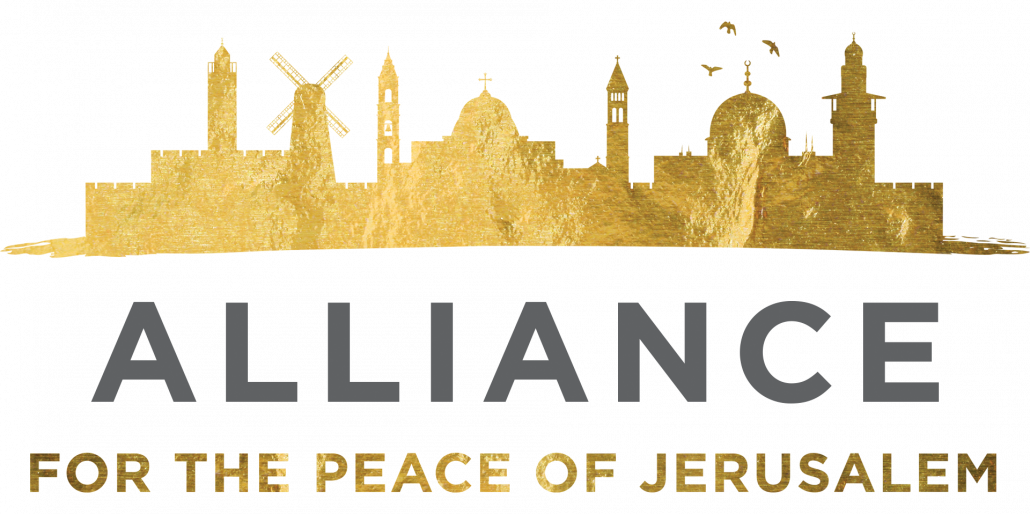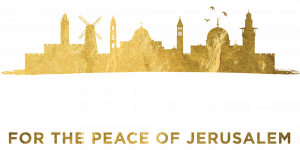Rosh Hashanah, also known as the Jewish New Year, is celebrated every year on the first day of the seventh month of Tishri on the Hebrew calendar. On the Gregorian calendar, it usually falls in September or October. Also known as “the Feast of Trumpets,” this holiday is based on what the Bible calls Yom T’ruah (the day for blowing trumpets) in Numbers 29:1: “Now in the seventh month, on the first day of the month, you shall also have a holy convocation; you shall do no laborious work. It will be to you a day for blowing trumpets.”
Biblical Observance
The biblical institution of the Feast of Trumpets included three commands: to rest, to blow trumpets, and to offer sacrifices (Leviticus 23:24–25).
- Rest. God commanded the Israelites to observe a sabbath rest on this first day of the seventh month. The people had to rest from their regular duties and everyday jobs—“You shall not do any laborious work” (Lev 23:25).
- Blow the shofar. God also commanded the Israelites to blow a ram’s horn on this day. Throughout Scripture, the blowing of the shofar had five different meanings: the start of war (Judges 3:27; 2 Samuel 20:1), the beginning of the year of Jubilee (Leviticus 25:9), the accession of a new king (1 Kings 34:39), the reminder of God’s sovereignty (Psalm 47:5), and Israel’s restoration (Isaiah 27:13). As Mitch and Zhava Glaser wrote, “The shofar called Israel to attention, to fear and trembling, to rejoicing; but at the feast of Trumpets, the sound of the shofar beckoned the people with a message unlike any other: a message of a Sabbath rest, a holy convocation, a time to present special burnt offerings to the Lord.”[1]
- Offer sacrifices. Although the Israelites offered sacrifices at the beginning of every month, the Lord instructed them to offer specific additional sacrifices on this day. They were to offer one bull, one ram, seven male lambs, and one male goat in addition to the daily offerings and the regular new-month offerings (Numbers 29:1–6).
Modern Observance
Although the Bible refers to this day as Yom T’ruah, “the Day for Blowing Trumpets,” it is more commonly known today as Rosh Hashanah, “the Head of the Year.” In the Bible, the new year begins with the month in which Passover falls (Exodus 12:2). At some point in history, however, the Jewish people came to recognize Rosh Hashanah as the beginning of the new civil year and Passover as the beginning of the religious year.[2]
Many Jewish people today continue to observe the biblical commands to rest and blow the shofar. In addition, extra-biblical traditions have been added over the years to the holiday observance. Some of these include the commemoration of the binding of Isaac, tashlich, special foods, and the teaching regarding the three books and the Ten Days of Awe.
Blowing the Shofar
Synagogue services on Rosh Hashanah are centered around the biblical command to blow the shofar. Here is a description of the three different types of trumpet blows:
“There are three basic sounds: the tekiah, or ‘blast,’ is a short bass note ending abruptly, which symbolizes the righteous and rejoices in their future when they will receive their reward. The teruah, or ‘trump,’ is a long, resonant blast, a symbol of awe, which serves to remind how the wicked quake and tremble in the fear of the day or judgment; and the shevarim, or ‘quavers,’ a series of trills between the other two sounds, representing the average man, who is filled with joy, sadness, and hope on the feast of Trumpets.”[3]
In preparation for the feast, synagogues usually hire an expert to blow the shofar, called a Ba’al Tekiah, since the instrument requires skill to master.
The Binding of Isaac (the Akedah)
The rabbis teach the binding of Isaac took place on Rosh Hashanah. Therefore, part of the day’s observance includes the reading of Genesis 22, when God tested Abraham’s faith by asking him to offer his son, Isaac, as a burnt offering to God. The ram’s horn, or shofar, reminds the Jewish people of God’s provision of a ram in place of Isaac.
Tashlich
Following the afternoon synagogue services, congregants gather at a nearby body of running water to throw breadcrumbs in it, symbolically casting their sins away. Micah 7:19 is read at this ceremony: “He will again have compassion on us; He will tread our iniquities under foot. Yes, You will cast all their sins into the depths of the sea.”
The rabbis also teach fish should be present in the running bodies of water to symbolize the eyes of God are ever-present.[4]
Special Foods
It is traditional for the mother of the household to stay home from synagogue services on Rosh Hashanah to prepare a festive meal. She sets the table with a beautiful display of lace, tablecloths, and fine china, along with a colorful display of fruit and honey cakes. When the family returns for dinner, the father of the household ceremonially dips an apple slice into honey as he prays, “May it be Thy will, o Lord our God, to renew unto us a good and sweet year.”[5]
Three Books and the Ten Days of Awe
Jewish tradition teaches God opens three books on Rosh Hashanah; the wicked are inscribed in the Book of Death, the righteous are inscribed in the Book of Life, and average people have ten days to repent and do good works in order to be inscribed in the Book of Life on the Day of Atonement (Yom Kippur). The Gemara, a collection of commentaries on the Mishna by rabbis from the third through fifth centuries, comments:
“Three books are opened on Rosh HaShana before the Holy One, Blessed be He: One of wholly wicked people, and one of wholly righteous people, and one of middling people whose good and bad deeds are equally balanced. Wholly righteous people are immediately written and sealed for life; wholly wicked people are immediately written and sealed for death; and middling people are left with their judgment suspended from Rosh HaShana until Yom Kippur, their fate remaining undecided.” (B. Rosh Hashanah 16b:12)
Preparation for the ten solemn days between Rosh Hashanah and Yom Kippur begins the month prior, during the month of Elul. On the Day of Atonement, religious Jewish people believe God seals the final sentence for those in the in-between category.
During this somber time on the Jewish calendar, believers in Messiah Jesus should pray for their not-yet-believing Jewish friends, for them to come to know Messiah so their names may be inscribed forever in the Lamb’s Book of Life (Revelation 21:7).
Future Fulfillment
During the time of Jesus, many believed the blowing of the shofar would announce the resurrection of the dead. The New Testament affirms this belief. The apostle Paul wrote the sound of a shofar blast will precede the resurrection of believers:
For the Lord Himself will descend from heaven with a shout, with the voice of the archangel and with the trumpet [shofar] of God, and the dead in Messiah will rise first. Then we who are alive and remain will be caught up together with them in the clouds to meet the Lord in the air, and so we shall always be with the Lord. (1 Thessalonians 4:16–17)
Jesus likewise taught the blowing of the shofar would precede His coming:
And they will see the Son of Man coming on the clouds of the sky with power and great glory. And He will send forth His angels with a great trumpet [shofar] and they will gather together His elect from the four winds, from one end of the sky to the other. (Matthew 24:30–31)
Similarly, the apostle John recorded the blowing of the seventh trumpet would announce God’s kingdom on earth:
Then the seventh angel sounded; and there were loud voices in heaven, saying, “The kingdom of the world has become the kingdom of our Lord and of His Messiah; and He will reign forever and ever” (Revelation 11:15).
We look forward to the blowing of these future shofars, announcing the return of our Messiah and the coming of His eternal kingdom of peace on earth!
by Jennifer Miles
________________________________________________
[1] Mitch and Zhava Glaser, The Fall Feasts of Israel (Chicago: Moody Publishers, 1987), 23.
[2] Ibid., 32.
[3] Ibid., 48.
[4] Ibid., 51.
[5] Ibid., 54.



